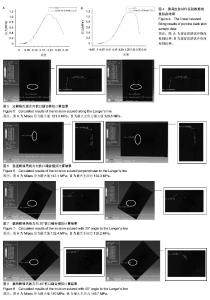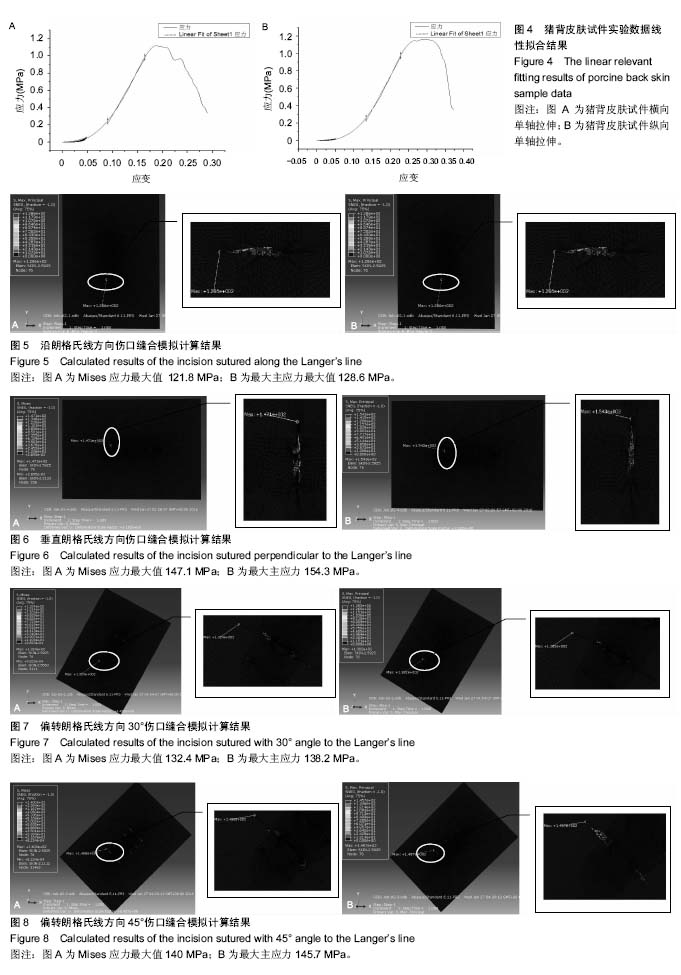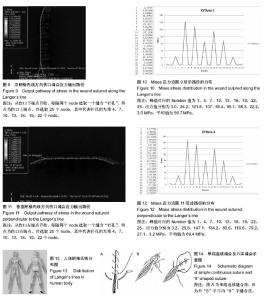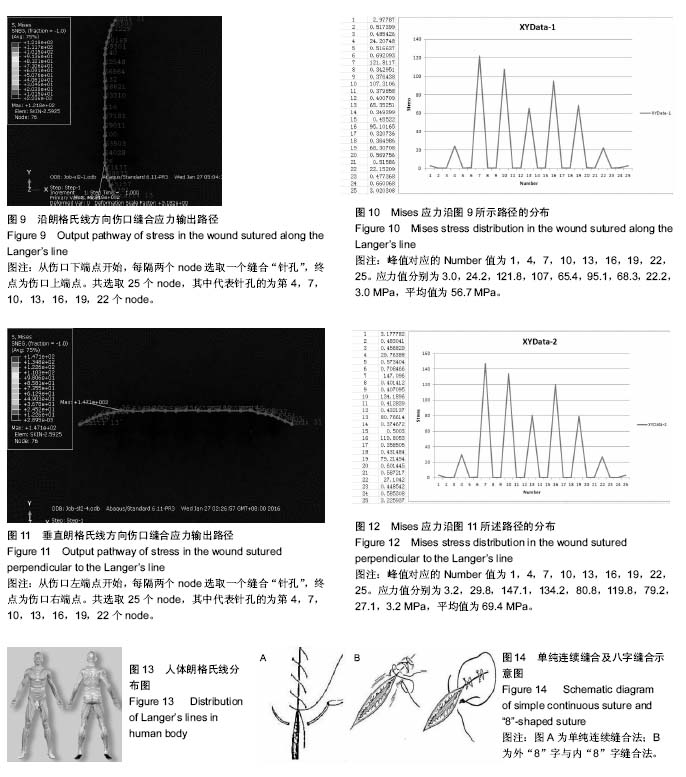| [1] |
Wei Guoqiang, Li Yunfeng, Wang Yi, Niu Xiaofen, Che Lifang, Wang Haiyan, Li Zhijun, Shi Guopeng, Bai Ling, Mo Kai, Zhang Chenchen, Xu Yangyang, Li Xiaohe.
Biomechanical analysis of non-uniform material femur under different loads
[J]. Chinese Journal of Tissue Engineering Research, 2022, 26(9): 1318-1322.
|
| [2] |
Zhang Yufang, Lü Meng, Mei Zhao.
Construction and verification of a full spine biomechanical model of adolescent scoliosis
[J]. Chinese Journal of Tissue Engineering Research, 2022, 26(9): 1351-1356.
|
| [3] |
Zhang Jichao, Dong Yuefu, Mou Zhifang, Zhang Zhen, Li Bingyan, Xu Xiangjun, Li Jiayi, Ren Meng, Dong Wanpeng.
Finite element analysis of biomechanical changes in the osteoarthritis knee joint in different gait flexion angles
[J]. Chinese Journal of Tissue Engineering Research, 2022, 26(9): 1357-1361.
|
| [4] |
Yao Xiaoling, Peng Jiancheng, Xu Yuerong, Yang Zhidong, Zhang Shuncong.
Variable-angle zero-notch anterior interbody fusion system in the treatment of cervical spondylotic myelopathy: 30-month follow-up
[J]. Chinese Journal of Tissue Engineering Research, 2022, 26(9): 1377-1382.
|
| [5] |
Xiao Hao, Liu Jing, Zhou Jun.
Research progress of pulsed electromagnetic field in the treatment of postmenopausal osteoporosis
[J]. Chinese Journal of Tissue Engineering Research, 2022, 26(8): 1266-1271.
|
| [6] |
An Weizheng, He Xiao, Ren Shuai, Liu Jianyu.
Potential of muscle-derived stem cells in peripheral nerve regeneration
[J]. Chinese Journal of Tissue Engineering Research, 2022, 26(7): 1130-1136.
|
| [7] |
Zhang Jinglin, Leng Min, Zhu Boheng, Wang Hong.
Mechanism and application of stem cell-derived exosomes in promoting diabetic wound healing
[J]. Chinese Journal of Tissue Engineering Research, 2022, 26(7): 1113-1118.
|
| [8] |
Li Guijun, Fang Xiaohui, Kong Weifeng, Yuan Xiaoqing, Jin Rongzhong, Yang Jun.
Finite element analysis of the treatment of hallux valgus deformity by microplate combined with super strong suture elastic fixation
[J]. Chinese Journal of Tissue Engineering Research, 2022, 26(6): 938-942.
|
| [9] |
Wen Mingtao, Liang Xuezhen, Li Jiacheng, Xu Bo, Li Gang.
Mechanical stability of Sanders II type calcaneal fractures fixed by two internal fixation methods
[J]. Chinese Journal of Tissue Engineering Research, 2022, 26(6): 838-842.
|
| [10] |
Wang Hailong, Li Long, Maihemuti·Yakufu, Chen Hongtao, Liu Xu, Yilihamu·Tuoheti.
Finite element analysis of stress distribution of acetabular prosthesis in the Lewinnek safety zone
[J]. Chinese Journal of Tissue Engineering Research, 2022, 26(6): 843-847.
|
| [11] |
Li Shuo, Su Peng, Zhang Li, Wu Qiulong, Hu Xiangyu, Lai Yuliang.
Positive effect of supracondylar femoral osteotomy on the correction of knee varus based on three-dimensional reconstruction and finite element analysis
[J]. Chinese Journal of Tissue Engineering Research, 2022, 26(6): 858-863.
|
| [12] |
Wei Bing, Chang Shan.
Finite element analysis of different angles of nail placement in sagittal plane of spinal fracture
[J]. Chinese Journal of Tissue Engineering Research, 2022, 26(6): 864-869.
|
| [13] |
Liu Yuhang, Zhou Jianqiang, Xu Xuebin, Qu Xingyue, Li Ziyu, Li Kun, Wang Xing, Li Zhijun, Li Xiaohe, Zhang Shaojie.
Establishment and validation of finite element model of lower cervical spine in 6-year-old children
[J]. Chinese Journal of Tissue Engineering Research, 2022, 26(6): 870-874.
|
| [14] |
Guo Xiaohui, Song Xizheng, Xiang Hanrui, Kang Zhaorong, Li Daming, Kang Yu, Hu Jun, Sheng Kai.
External spinal fixation elastic stress in the treatment of jumping spinal fracture
[J]. Chinese Journal of Tissue Engineering Research, 2022, 26(6): 919-923.
|
| [15] |
Zhang Jianguo, Chen Chen, Hu Fengling, Huang Daoyu, Song Liang.
Design and biomechanical properties of dental implant pore structure based on three-dimensional finite element analysis
[J]. Chinese Journal of Tissue Engineering Research, 2022, 26(4): 585-590.
|



